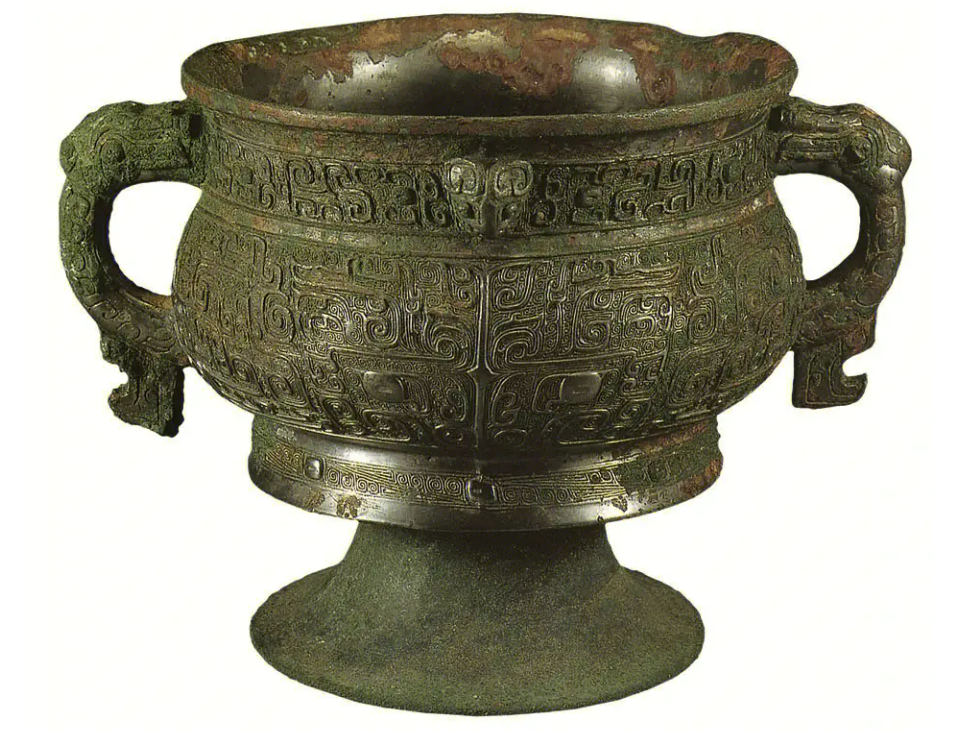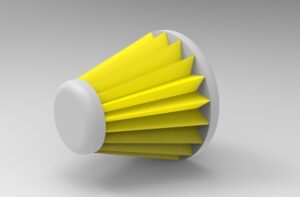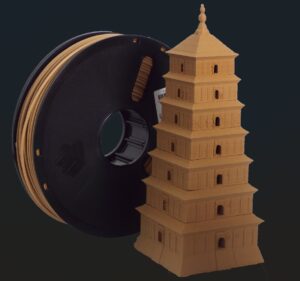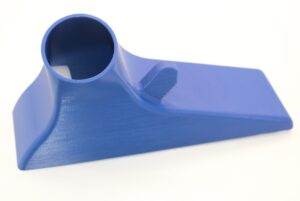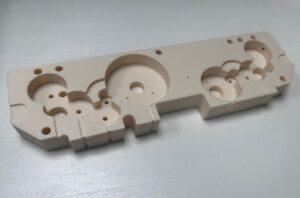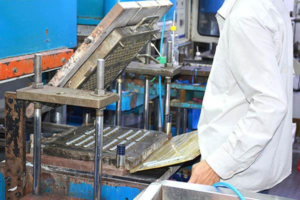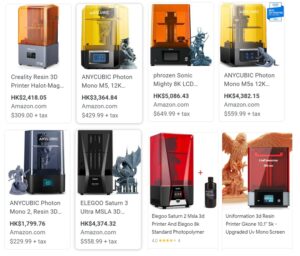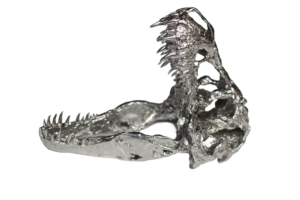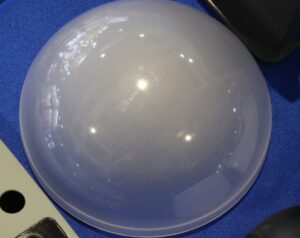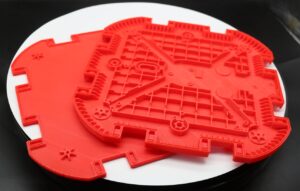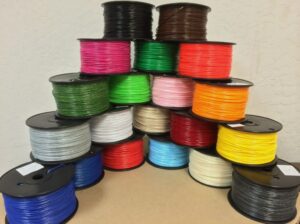Exploring the difference: Copper, Brass, and Bronze
By understanding the unique properties and applications of copper, brass, and bronze, we can gain a deeper appreciation for the remarkable world of metal alloys and their contributions to art, industry, and everyday life.
Copper:
copper or red copper or pure copper, copper has a certain amount of natural copper. By default, natural copper artificially mixed with other substances contains pure copper, also known as red copper. It has a certain amount of metallic glass and extension. Pure copper is a purple-red metal, that’s why it is commonly known as “red copper”. Pure copper is malleable. Pure copper, the size of a drop of water, can be drawn into filaments up to two kilometers long, or pressed into a nearly transparent foil larger than a bed.

Brass:
is an alloy of copper and zinc. The simplest brass is a copper-zinc binary alloy, called simple brass or ordinary brass. The brass used in industry now generally contains less than 45% zinc, so the common brass is mostly yellow. Zinc is added to brass to improve mechanical strength and corrosion resistance.
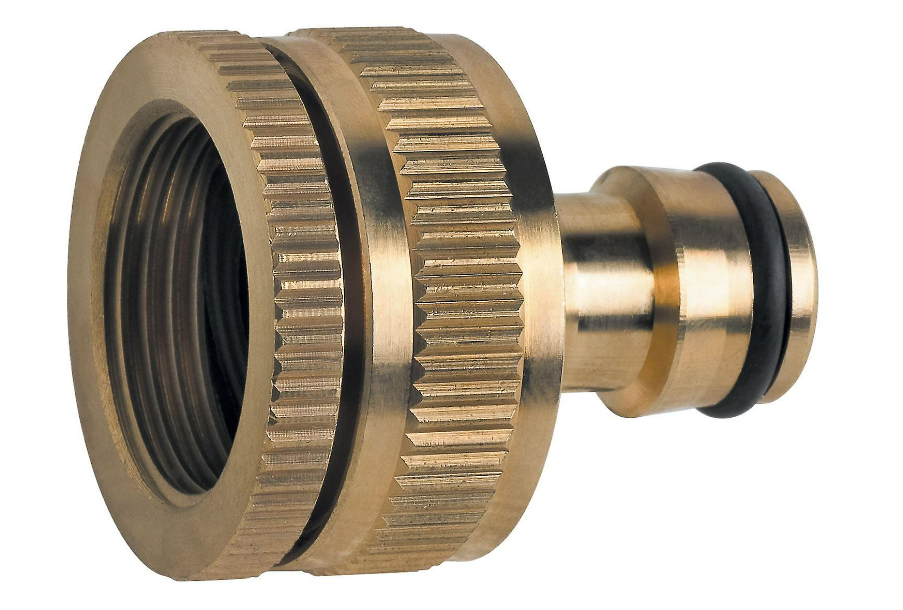
Bronze:
is an alloy, primarily composed of copper and tin. It is one of the oldest known alloys used by humans and has been utilized for various purposes throughout history. Bronze is valued for its durability, strength, and resistance to corrosion. The specific composition of bronze can vary, with different proportions of copper and tin, depending on the desired characteristics and applications. Bronze is commonly used in the production of sculptures, musical instruments, decorative items, and architectural elements. It possesses a distinctive reddish-brown color and can be polished to a lustrous finish.
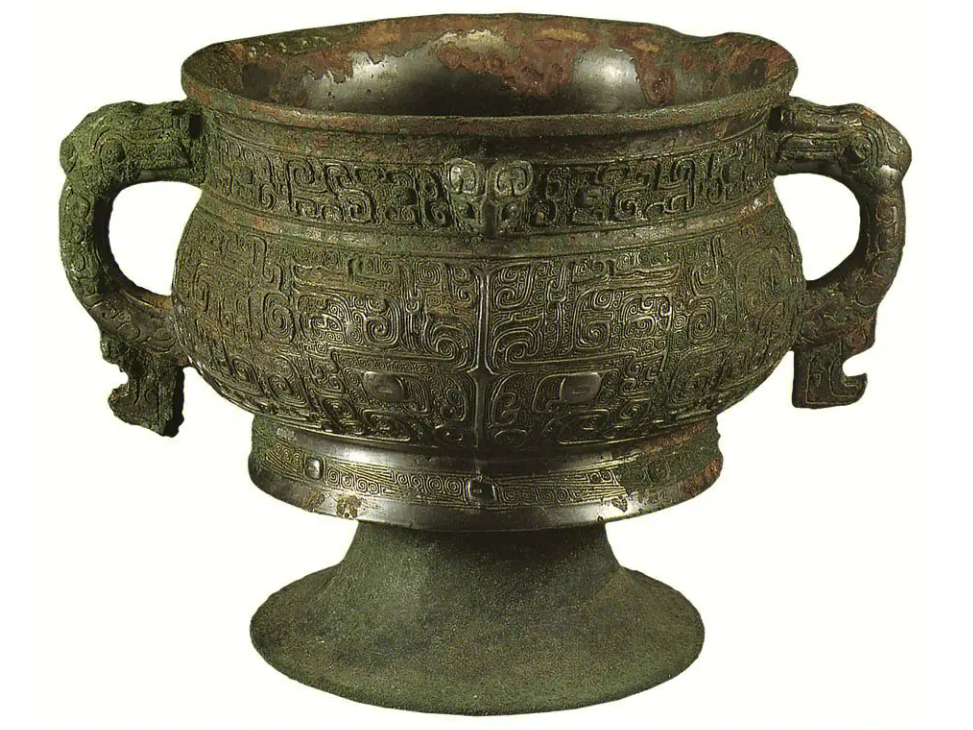
Tin bronze is an alloy of copper and tin; beryllium bronze is an alloy of copper and beryllium; phosphor bronze commonly used in electrical appliances is a combination of phosphorus and copper. Alloys, etc.
Tin bronze round steel bronze with tin as the main alloying element. The tin content is generally between 3 and 14%, and it is mainly used to make elastic components and wear-resistant parts. Wrought tin bronze contains no more than 8% tin, and elements such as phosphorus, lead, and zinc are sometimes added. Phosphorus is a good deoxidizer and also improves fluidity and wear resistance. Adding lead to tin bronze can improve machinability and wear resistance, and adding zinc can improve casting performance. This alloy has high mechanical properties, anti-friction properties and corrosion resistance, easy cutting, good brazing and welding properties, small shrinkage coefficient, and non-magnetic. Bronze lining can be prepared by wire flame spraying and electric arc spraying
In summary, Copper is actually pure copper, while brass is an alloy of copper and zinc. Since the price of copper is higher than that of zinc, the price of pure copper is higher than that of copper-zinc alloys.
Understanding the differences between copper, brass, and bronze provides valuable insights into the world of metal alloys. Copper, often referred to as red copper or pure copper, is a naturally occurring metal cherished for its metallic luster and exceptional ductility. On the other hand, brass is an alloy of copper and zinc, offering enhanced mechanical strength and corrosion resistance. Its characteristic yellow color makes it a popular choice in various applications. Lastly, bronze, a mixture of copper and tin, stands out for its durability, strength, and resistance to corrosion. With its rich history and versatility, bronze has been utilized for centuries in sculptures, musical instruments, and decorative elements.

